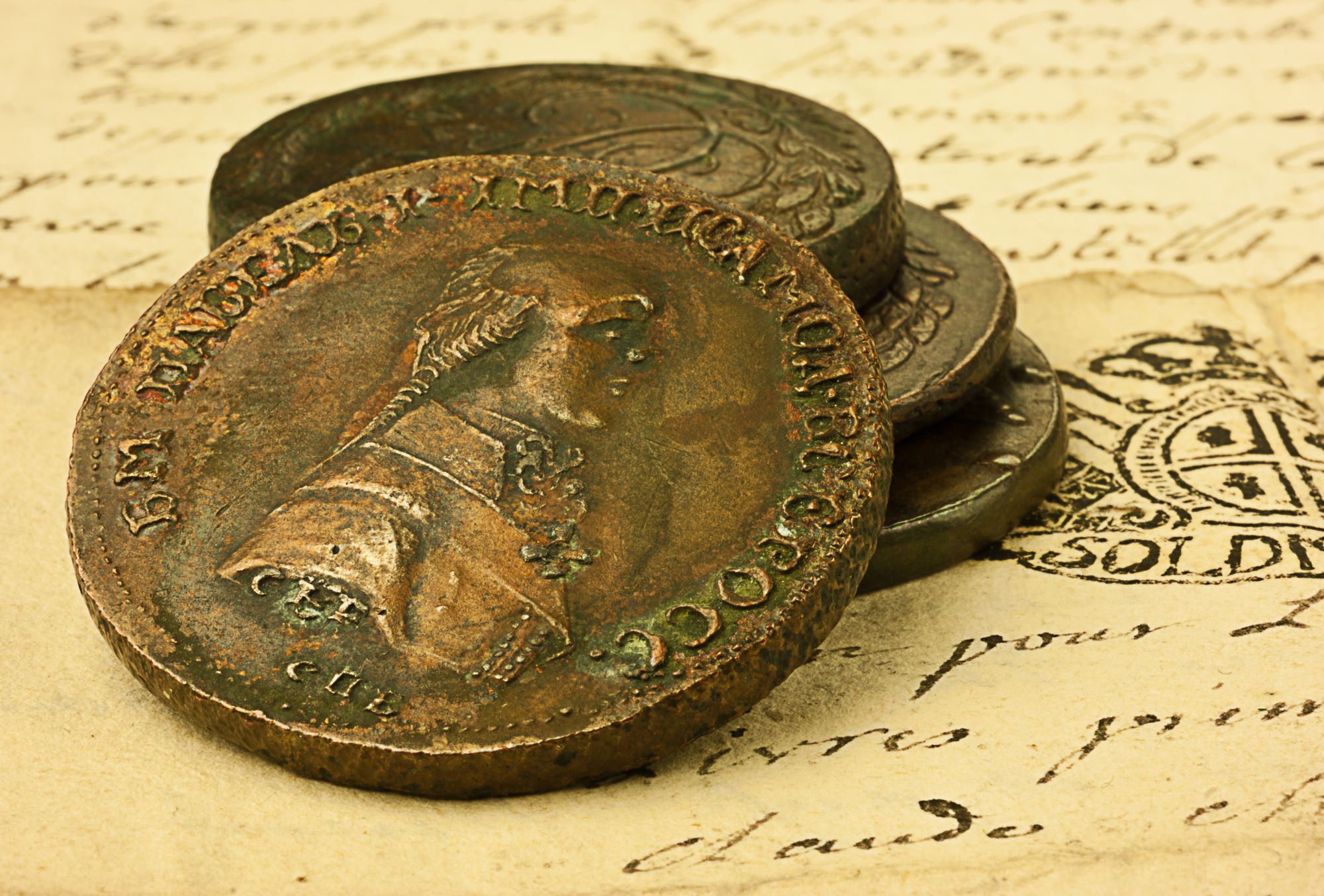Danish industrialist Lars Emil Bruun’s collection (coins inclusive), estimated at approximately $72 million, is one of the most important in the world, according to auction house Stack’s Bowers
One of the world’s most valuable private collections of coins has remained hidden from the public for over a century. It has been concealed in an almost impenetrable location for quite some time, previously in a bank’s cellar and behind a castle’s walls.

It is anticipated to be sold for a maximum of $72 million this autumn. According to Stack’s Bowers, the auction house and American rare coin dealer overseeing the transaction, it is the most valuable collection of world coins ever offered for sale.
Danish entrepreneur and butter magnate Lars Emil Bruun amassed a collection of approximately 20,000 coins, medals, bank notes, and books throughout several decades.
In his will, Bruun, who passed away in 1923, directed that his collection not be sold for one hundred years following his demise. Bruun proclaimed that the collection should be preserved in reserve as a substitute for the Danish national collection in the event of its destruction during World War I or any other calamity, including a fire.
Given the preservation of the Danish Royal Collection of Coins and Medals, Bruun’s collection shall be sold, with the financial gains distributed to his successors.
An air of “mystery” has contributed to the forthcoming sale’s extraordinary level of interest, according to Helle Horsnaes, a senior researcher at the National Museum of Denmark.
However, Horsnæs also attributes this to the collection’s distinctive qualities, which span centuries of Scandinavian history and include evidence of Denmark and Norway being unified under a single kingdom from the 16th to the early 19th century.

As a child, Bruun, born in Denmark in 1852, started collecting coinage. He amassed a fortune through the production of butter that he sold in cans to England and other nations and through real estate investments. He utilized his affluence during this time to purchase rare coins and other items at auction.
With the outbreak of World War I in 1914, Europe was torn apart. Bruun, an eyewitness to this event, also recalled the British bombardment of Copenhagen in 1807, which occurred amidst the Napoleonic Wars.
“Afraid that there might be another conflict” and “concerned about the history of Denmark,” according to Poul Pilgaard Johnsen, a journalist for the Danish newspaper Weekendavisen who has covered the collection and interviewed one of Bruun’s descendants.”
Initially, Bruun’s collection was housed within Frederiksborg Castle, an extant royal residence in Copenhagen’s northern region. Later, however, the collection was transferred to the Danish Central Bank.
It was once more relocated to an undisclosed location in 2011, and even those who closely monitor the collection, such as Johnsen and Horsnøs, are uncertain about its current whereabouts or whether it is still in Denmark.
Horsnæs stated, “Until this point, the Bruun collection and his extraordinary will were largely unknown.” Although coin collectors and enthusiasts were aware of its existence and regarded it as “a sort of fairy tale,” the general populace in Denmark was largely ignorant of its existence. She stated that this is about to alter.

Due to the peculiar disposition of Bruun, one of the most significant coin collections in the world has been essentially inactive for over a century.
“Over the years, some descendants have attempted to obtain a portion of the money,” Johnsen stated.
According to him, the grandson of Bruun attempted to negotiate a direct transfer of the collection to the National Museum of Denmark. Johnsen reports that Danish authorities obstructed the sale because it contradicted Bruun’s wishes.
Johnsen stated that authorities authorized the sale of a limited quantity of coinage to assist with insurance expenses.
Horsns, who participated in the sale this year, stated that the National Museum retained first rights to purchase seven uncommon coins from the collection after the 100-year period had passed.
Stack’s Bowers has estimated that the collection sale will commence in the autumn and conclude within three to five years. According to the auction house, the anticipated value of the transaction is approximately 500 million Danish kroner ($72 million) based on the insurance valuation of the collection.
The number of descendants who will receive the sale proceeds remains to be determined, and Stack’s Bowers reported that the descendants declined to participate in interviews.



